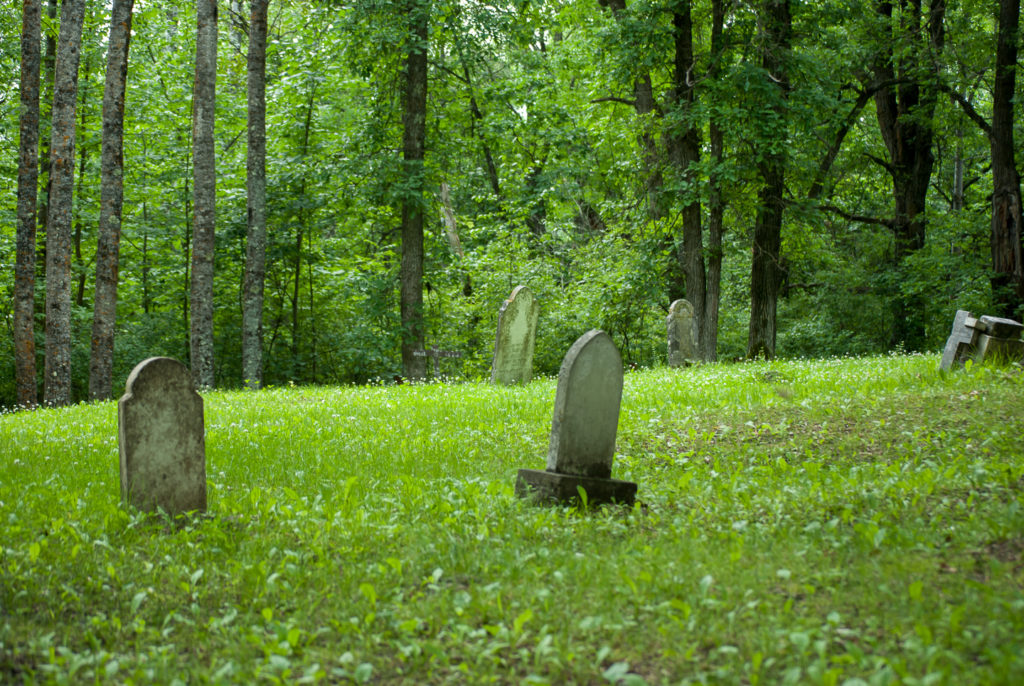Click on the “play” button to hear the diary episode read aloud, and click on the green tab 1 to learn more about a word or phrase.
Find Du Vernet on a map.
Tuesday, July 19:
I spent most of the morning in writing. Mr. Johnston 2 left to marry some people back at Boucherville 3 . In the afternoon I went to the point below John Crowe’s house, with two little islands in front, and tried throwing out the trolling line 4 . But it began to threaten to rain – thunder in the distance and the mosquitoes were unendurable, so I returned to the house.
In the evening a tremendous storm of wind and rain swept across the river. Mr. Johnston did not return. In the evening I split wood with the children and Mrs. Johnston 5 told me an interesting story about an experience at Jack Head 6 , when Mr. Johnston had left for a distant mission. A woman who had been baptized 7 was persuaded by her husband to renounce Christianity and go through the medicine tent 8 . Mrs. Johnston heard this and was very much disappointed as “Kitty 9 ” had seemed a good Christian 10 girl.
As Mrs. Johnston passed her tent, she heard a pitiful scream: “Ay-ah Ay-ah” and could not resist going in to see her. Kitty begged of Mrs. Johnston to hold her hand, which she did, stroking it and singing several hymns in Ojibwa 11 . They prayed 12 together, and Kitty prayed “Oh God come and take me.” When Mrs. Johnston had to leave she promised to come again in the morning, and Kitty said “Kiss me before you go,” which Mrs. Johnston did. She judged that the girl did not expect to live until morning.That same evening Mrs. Johnston heard two shots from a gun 13 ; she expected they marked that Kitty was dead.
When she got there she found that though the body was not cold she was painted and fastened up in a blanket in a sitting posture for heathen burial 14 Mrs. Johnston turned to Kitty’s father and said “What does this mean? Kitty was one of our Christian girls and I cannot have her buried like a heathen 15 .” “Do as you like,” the old man said. So Mrs. Johnston went home and got some clothes and asked some Indians 16 to make a coffin and then came and washed the Indian girl and laid her out. Mrs. Johnston sat watch by her the rest of the night with only the old Indian in the house for none of the rest would come near. But the next day she had them gather together. They sang a hymn 17 and had a prayer in the house. And at the grave she asked a Christian Indian to offer up prayer.

